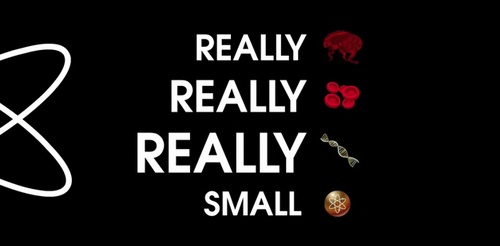According to scientists and sound therapists, an 8-minute song by Manchester band Marconi Union ranks as the most relaxing song ever. In a survey conducted by the purveyors of bubble bath (Radox Spa), the song was played to a test group and it reduced anxiety levels by 65% and further decreased the resting pulse rate of the subjects by 35%.
This is attributed to a continuous rhythm of 60 BPM that is meant to synchronize the brainwaves and heart rate to that rhythm. Underlying bass tones are meant to induce a more calmer mood. Lyz Cooper, founder of the British Academy of Sound Therapy, better explains why the song elicits the reactions that it does.
While listening, your heart rate gradually comes to match that beat. It is important that the song is eight minutes long because it takes about five minutes for this process, known as entrainment, to occur. The fall in heart rate also leads to a fall in blood pressure.
The harmonic intervals – or gaps between notes – have been chosen to create a feeling of euphoria and comfort. And there is no repeating melody, which allows your brain to completely switch off because you are no longer trying to predict what is coming next.
Instead, there are random chimes, which helps to induce a deeper sense of relaxation. The final element is the low, whooshing sounds and hums that are like buddhist chants. High tones stimulate but these low tones put you in a trance-like state.
But enough of the science. Put it to the test and let us know whether you feel calmer after it. Listen to Weightless below.
[via @za5]











